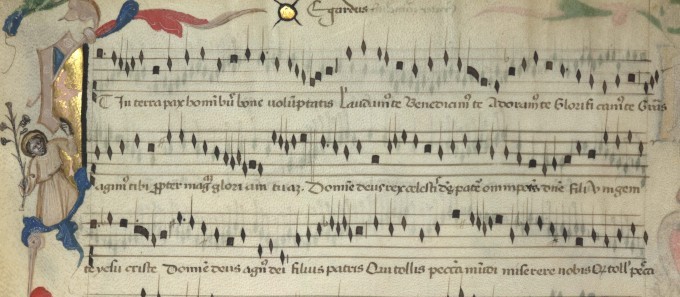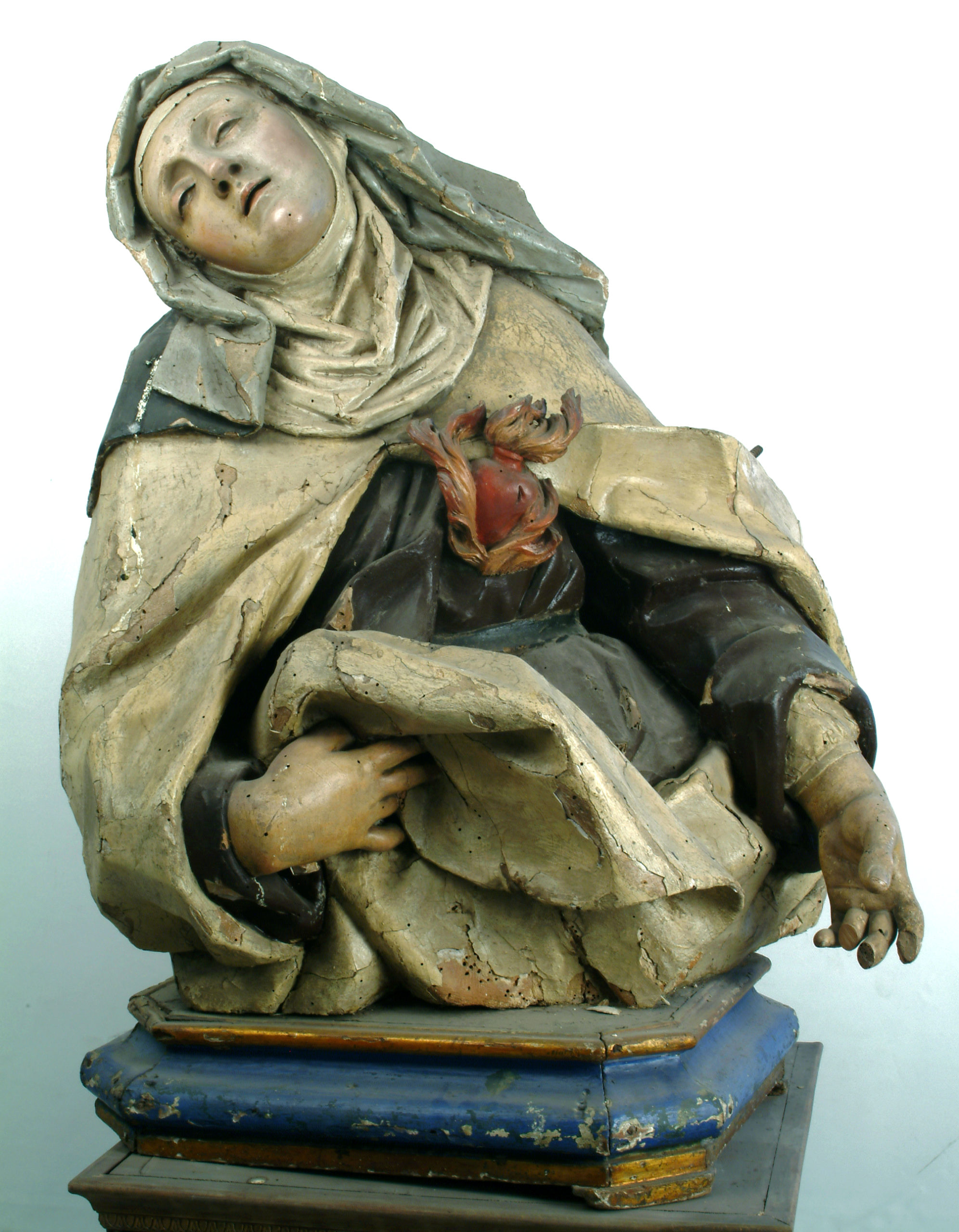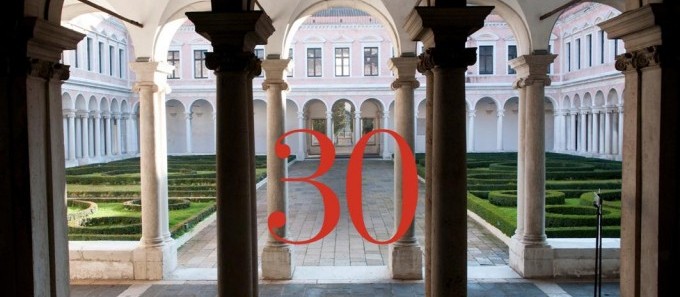Early Music Seminars Egida Sartori and Laura Alvini
17-21 May, 2015
Fondazione Giorgio Cini, Island of San Giorgio Maggiore, Venice
Director: Pedro Memelsdorff
Lectures and master-classes by: Anne Azéma, Shira Kammen, Agnese Pavanello, Anne Stone.
The seminar will focus on the secular music of Matteo da Perugia (fl. 1400-1425), maestro di cappella at Milan Cathedral from 1402 to 1407, and again from 1414 to 1416. Nothing is known about his possibly Umbrian training, and no documents of his non-Milanese years survive. Scholars have speculated on his possible stay at Pavia, Pisa or Bologna, where he might have served Cardinal Pietro Filargo (Pisan pope Alexander V after 1409), most likely his main patron.
Matteo’s music includes several Mass movements, two Latin motets and a rich series of Italian and above all French songs. Indeed, he authored the richest French chansonnier composed by a single Italian of his time.
Surprisingly few sources transmit this quite vast repertoire: a manuscript containing almost half of it — now in Modena — and three fragments now in Parma, Berne and New York. While scholars first hinted at a limited circulation of the material, more recent research has suggested that Matteo’s enturage had a decisive influence on mid-15th century theoretical sources in Italy and abroad.
His music may well represent the climax of Milanese and Lombard Gothic polyphony.
The seminar is addressed to the ensembles, winners of the call for scholarships announcement 2015, specialised in late mediaeval repertoires: Ensemble Aurion and Ensemble Sollazzo.
The event is organized with the contribution of Irma Merk Stiftung and L. + Th. Roche Stiftung and with the collaboration of the Schola Cantorum Basiliensis.
Programme
May 17 at 5 pm.: Introductory Conference “Matteo da Perugia’s French Songs and their Context”
by Anne Stone
May 18-19-20: Master-classes and Lectures
by Anne Azéma, Shira Kammen, Agnese Pavanello and Pedro Memelsdorff
May 20 at 6 pm.: Concert (free entrance until seats last)
May 21 at 10 am.: Conclusive Lecture
For further informations: musica.antica@cini.it – T. +39 041 2710258


